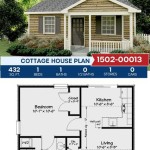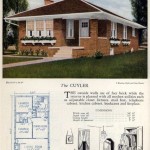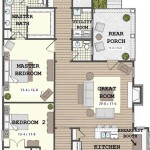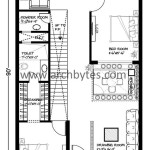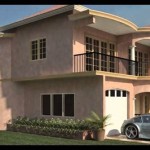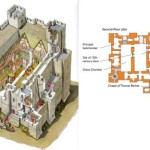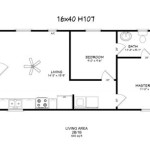Essential Aspects of Nano House Floor Plans: A Comprehensive Guide
Nano houses are compact and efficient homes, designed to maximize space utilization while minimizing environmental impact. Their well-thought-out floor plans play a crucial role in creating a comfortable and functional living environment. Here are some essential aspects to consider when designing or selecting a nano house floor plan:
1. Space Optimization:
Space optimization is paramount in nano house design. Floor plans should maximize every inch of available space, creating a sense of spaciousness despite the compact size. This can be achieved through creative storage solutions, such as built-in shelves, drawers, and hidden compartments. Multi-purpose furniture, like sofa beds and tables that convert into desks, also help maximize space utilization.
2. Natural Light and Ventilation:
Natural light and ventilation are essential for creating a healthy and inviting living environment. Nano house floor plans should incorporate ample windows and skylights to allow for natural light penetration. Cross-ventilation strategies, such as open floor plans and strategically placed windows, promote air circulation and reduce the need for artificial lighting and cooling.
3. Efficient Traffic Flow:
Efficient traffic flow is crucial for a comfortable and practical living space. Nano house floor plans should minimize unnecessary hallways and corridors, creating a seamless flow between different areas of the home. Open-concept layouts, with minimal walls or partitions, promote a sense of spaciousness and allow for easy movement.
4. Functional Zoning:
Functional zoning is essential for creating a well-organized and practical living space. Nano house floor plans should clearly define different areas of the home, such as living, sleeping, cooking, and bathing. This zoning ensures privacy and prevents conflicting activities from interfering with each other.
5. Accessibility:
Accessibility is an important consideration, especially in compact spaces. Nano house floor plans should ensure that all areas of the home are easily accessible, including for individuals with mobility impairments. Wide doorways, ramps, and accessible bathrooms are essential for creating an inclusive living environment.
6. Smart Technology Integration:
Smart technology can enhance functionality and convenience in nano houses. Floor plans should incorporate smart features, such as automated lighting, voice-controlled appliances, and security systems. These features can streamline daily tasks, create a more comfortable living environment, and reduce energy consumption.
7. Sustainability:
Sustainability is a key aspect of nano house design. Floor plans should incorporate elements that promote energy efficiency and reduce environmental impact. This may include passive solar design, energy-efficient appliances, and the use of sustainable materials. By considering sustainability in the design process, nano houses can contribute to a greener and more responsible living environment.
Conclusion:
Nano house floor plans are meticulously designed to maximize space, promote functionality, and create a comfortable and sustainable living environment. By carefully considering the essential aspects outlined above, architects and homeowners can create nano houses that fulfill the needs of modern living while minimizing their environmental footprint.

Nano Floor Plans Unity Homes

Nano Floor Plans Unity Homes

1 2 Bedroom Granny Flat Designs Floor Plans How Nano Homes

Nano House

Nano Living System Guest House Small Plans Tiny

Nano Floor Plans Unity Homes

Nano Rescue House Inhabitat Green Design Innovation Architecture Building

Home Interior Design Nano Plan And Elevation In 991 Square Feet
This Nano House On Wheels Has A Living Room Kitchen Bathroom And Bedroom

Our Designs Unity Homes House Floor Plans Prefab

